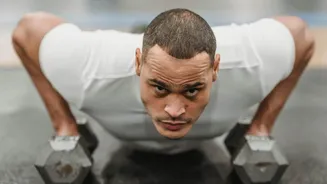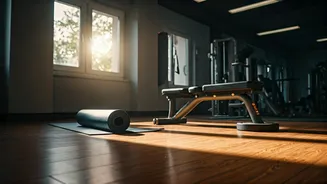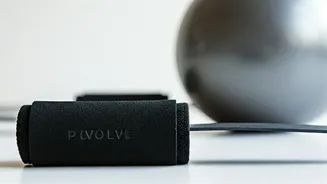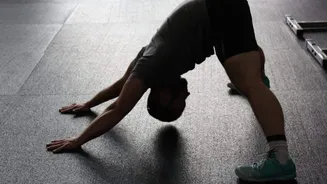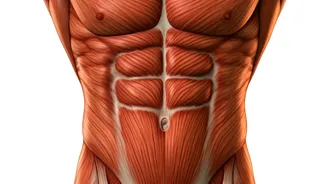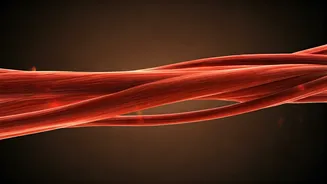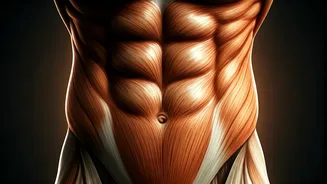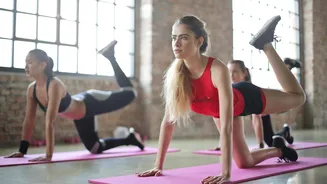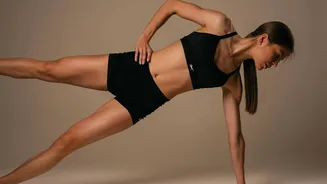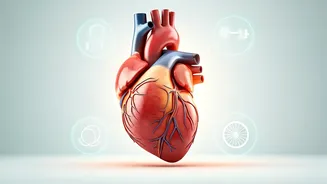Why Skip Sit-Ups?
Sit-ups, a staple in many workout plans, might not be as beneficial as you think. While they appear to target the abdominal muscles directly, they have
limitations. Siddhartha Singh highlights that sit-ups primarily work the hip flexors, muscles responsible for bringing your legs towards your torso, and place significant strain on the lower back. This means you might be feeling the burn in your back before you even feel your abs working. Moreover, the range of motion in sit-ups can be limited and may not effectively engage all the muscles of the core. The focus on a limited range of motion can make it difficult to build a strong and balanced core. Singh suggests considering alternative exercises that offer a better overall workout and reduce the risk of injury. Overall, there are more effective, less risky exercises to target the core.
Russian Twists: Ineffective Twist?
Russian twists often get praise as an effective exercise for the oblique muscles, but their utility is less than advertised. Singh suggests that Russian twists often lead to poor form, especially when done with a weight or medicine ball. The rapid twisting motion can place undue stress on the spine, potentially leading to injuries. Many individuals compensate by using momentum instead of engaging their core muscles properly. Therefore, the actual core engagement might be limited and the workout may not be as effective. The emphasis on quick twisting actions may also reduce the muscles' ability to contract fully. Singh advises using alternative exercises for the obliques and core that can provide more focused and safer results. This shift in focus prioritizes core strength and injury prevention.
Side Bends' Drawbacks Revealed
Side bends, designed to target the oblique muscles, can also fall short of expectations, according to Singh. They often involve a limited range of motion, which might not be enough to effectively engage the core muscles. They can be performed improperly. Side bends can also cause a significant imbalance in core strength, as they predominantly work one side of the body at a time. Doing this, in the long run, may affect posture and symmetry. This imbalance can lead to other issues. Furthermore, side bends do not incorporate a full range of movements of the oblique muscles, limiting their development. Singh’s perspective suggests exploring other exercises that work both sides of the core equally and offer better overall core muscle engagement. The goal is to obtain better results.


